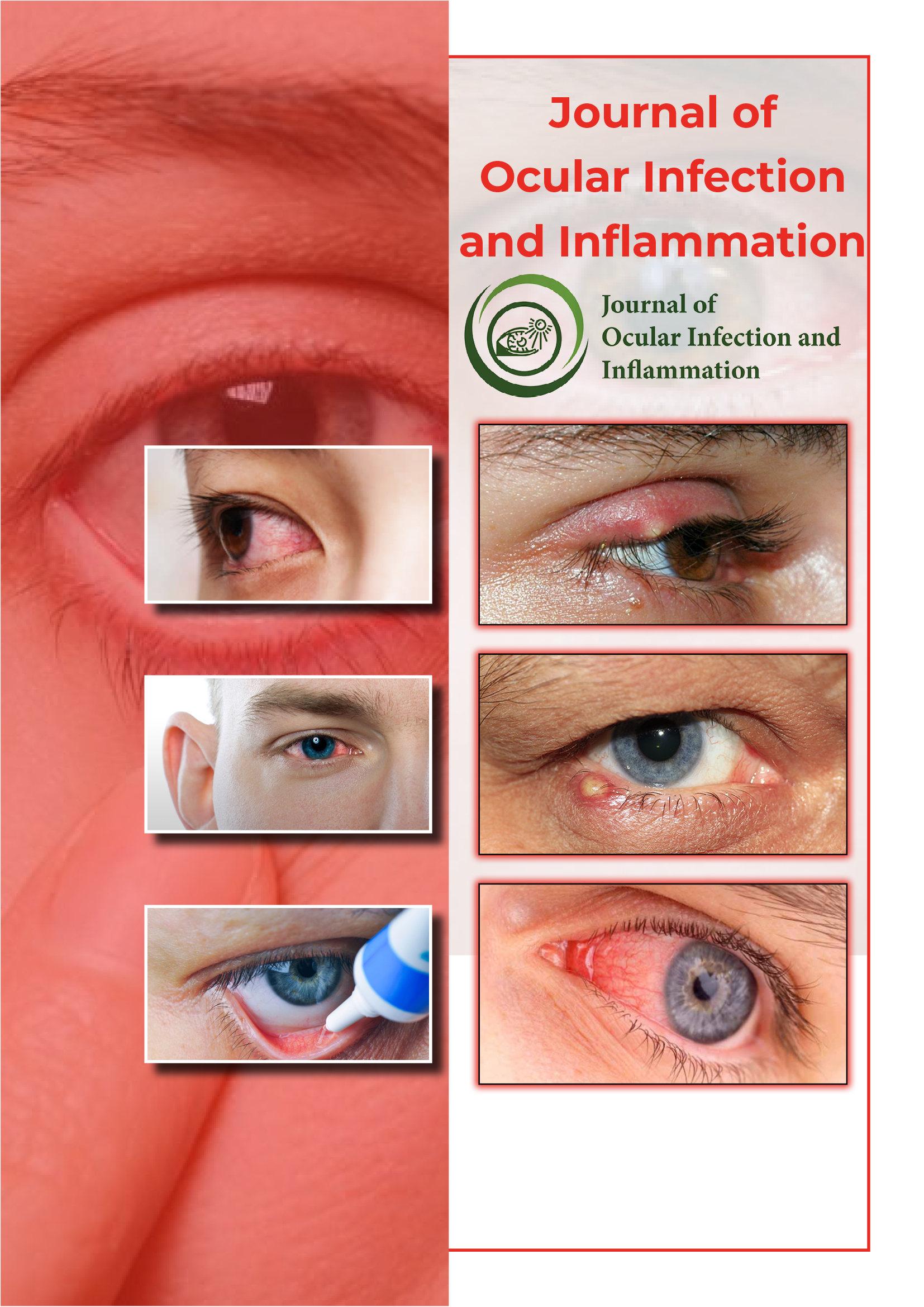Useful Links
Share This Page
Journal Flyer

Open Access Journals
- Agri and Aquaculture
- Biochemistry
- Bioinformatics & Systems Biology
- Business & Management
- Chemistry
- Clinical Sciences
- Engineering
- Food & Nutrition
- General Science
- Genetics & Molecular Biology
- Immunology & Microbiology
- Medical Sciences
- Neuroscience & Psychology
- Nursing & Health Care
- Pharmaceutical Sciences
Abstract
Efficacy of Nepafenac 0.3% Plus Dexamethasone 0.1% Versus Dexamethasone Alone in Prophylaxis of Irvine-Gass Syndrome After Cataract Surgery
Stangogiannis-Druya Crisanti and Stangogiannis-Druya Evangelia
Purpose: To determine whether nepafenac ophthalmic suspension 0.3% in co-administration with dexamethasone 0.1%, effectively reduces the incidence of Irvine-Gass syndrome, after uneventful cataract surgery.
Setting: Laserlens One Day Clinic. Ioannina-Greece
Design: Prospective, comparative, interventional and randomized study. (N=200).
Methods: We included 200 eyes that required phacoemulsification and uncomplicated cataract surgery. Patients were randomly divided into two groups: first group (right eye) included nepafenac 0.3% + dexamethasone 0.1% ophthalmic suspension. Second group (left eye) included dexamethasone 0.1% alone. On thirtieth and ninetieth day after surgery optical coherence tomography was carried out; fluorescein retinal angiography study was performed to confirm the CME.
Results: Mean age of study population was 60.97± 4.91 years. In both groups, presence of flare in the aqueous humor was found in 100% of the patients the first 24 hours. The intraocular pressure average in both groups was 13.04 mmHg ± 2.23. Symptoms associated with the use of NSAID in group 1, 53% of the patients referred sensation of foreign body the first and seventh day post surgery. In group 1, the patients did not develop macular edema unlike group 2 a significantly lower percentage of patients demonstrated Irvine-Gass syndrome within ninetieth day after surgery (two cases without pre-operative risk factors 2%) corroborated with optical coherence tomography and fluorescein retinal angiography.
Conclusion: The combination of nepafenac 0.3% with dexamethasone 0.1% is appropriate for the prophylaxis of Irvine-Gass syndrome, also for the control and the reduction of the postoperative inflammation.

